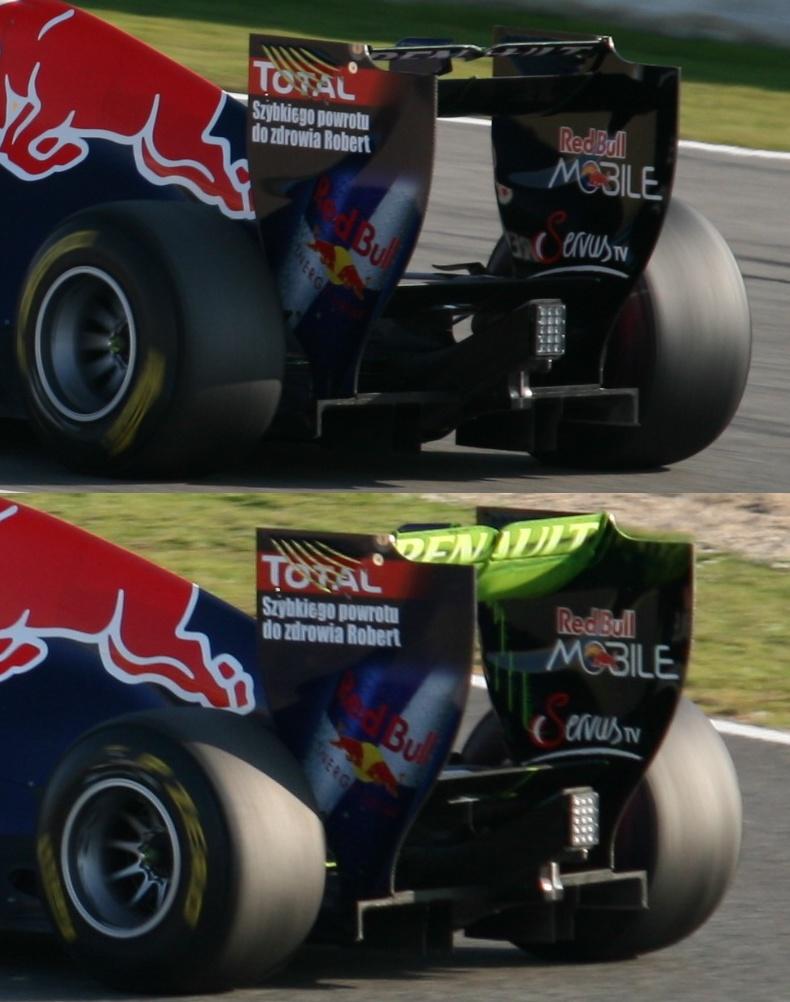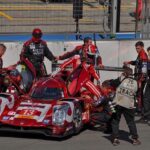exploring the Role of DRS in Formula 1: elevating Race Dynamics
In the exhilarating realm of Formula 1, where meticulous engineering and tactical acumen shape race outcomes, one feature has ignited both interest and controversy among enthusiasts and teams: the Drag Reduction System (DRS). Launched in 2011 to facilitate overtaking and amplify racing excitement, DRS enables drivers to decrease aerodynamic drag on their vehicles, thereby enhancing their speed on straightaways. But what is the operational mechanism behind this system, and how does it influence race strategies? This article examines the complexities of DRS, detailing its functionality, regulatory framework, and its significant effects on each Grand Prix’s unfolding narrative.Join us as we explore the mechanics and debates surrounding this essential component of contemporary motorsport.
Decoding Drag Reduction System in Formula 1
The Drag Reduction System (DRS) stands as a crucial advancement within Formula 1 racing aimed at increasing overtaking chances by minimizing aerodynamic resistance. When activated, this system adjusts the angle of a car’s rear wing flap to allow air to flow more smoothly over it—resulting in a significant boost in straight-line velocity. The operation of DRS is governed by strict regulations; it can only be utilized within designated zones on each circuit when drivers are within one second of an opponent’s vehicle as indicated by timing monitors. This regulation ensures that DRS is employed strategically while fostering competitive integrity alongside aggressive racing tactics.
To grasp how DRS influences race strategy effectively involves analyzing several critical components:
- Designated Zones: Specific sections on track where DRS activation is permitted.
- Proximity Requirement: Drivers must be within one second behind another car.
- Aerodynamic Adjustment: the rear wing’s angle changes to reduce drag significantly.
- Meteorological Factors: Adverse weather conditions may lead to temporary suspension of DRS for safety reasons.
| Criterium | Description |
|---|---|
| Zoned Areas | Delineated by FIA for every circuit layout |
The Influence of DRS on Strategic Race Play and Driver Performance
The introduction of the Drag Reduction System (DRS) has fundamentally altered how teams strategize during races in Formula 1. By allowing a significant reduction in downforce when engaged, DRS provides a considerable speed advantage along lengthy straights. This technology not only facilitates overtakes but also compels teams to meticulously plan pit stops and manage tire wear effectively. Key factors influencing strategic deployment include:
- Circuit Configuration: Certain tracks wiht extended straights favor effective use of DRS.
- Meteorological Conditions: Rain or temperature fluctuations can impact tire performance affecting overall efficacy.
- Piloting Skillset: A driver’s ability to optimally time their use of DRS plays an essential role in performance outcomes.
Broadly speaking, the presence of DRS has reshaped driver behavior along with performance expectations. Competitors must now adopt more strategic positioning throughout races while anticipating opportunities for utilizing this system at pivotal moments. The psychological aspect introduced means that drivers need constant vigilance regarding rivals who might capitalize on available straight sections enabled by DRS—a dynamic vividly illustrated through recent race statistics shown below:
| Event | Champion | Instances Of Use | << th >Positions Gained th > tr >
|---|---|---|
| Monaco GP td >< td >Driver A td >< td >5 td >< td >3 td > tr >< tr > | Italian GP | |









